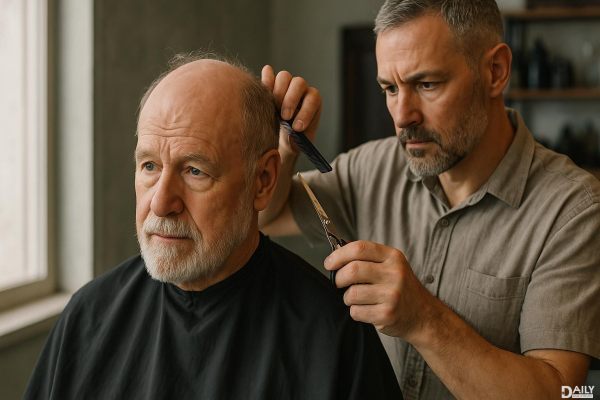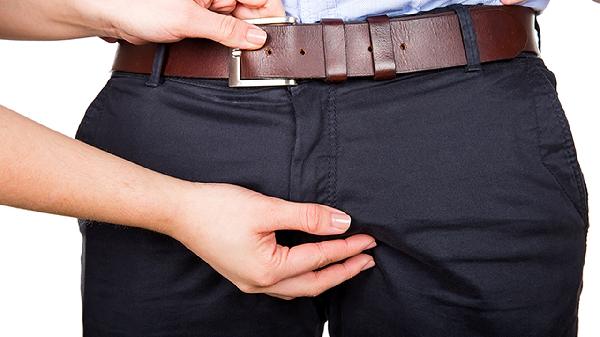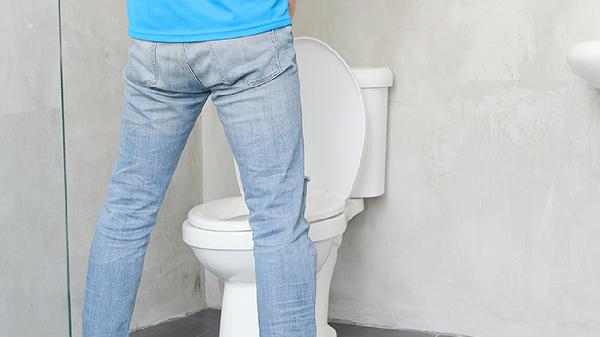So you've noticed your ring finger is longer than your index finger—what's the deal with that? Turns out, this quirky little trait isn't just for showing off your jewelry choices. That finger length ratio is actually a biological billboard advertising your prenatal hormone exposure, particularly testosterone. Scientists call this the "2D:4D ratio" (second digit to fourth digit, for the uninitiated), and it's been linked to everything from athletic ability to disease risks. Before you start measuring your buddies' hands at the bar, let's break down what science says about this fascinating physical quirk.

Back when you were just a fetus swimming in amniotic fluid, your digits were getting shaped by a hormonal tug-of-war. Higher testosterone exposure in the womb typically leads to a longer ring finger relative to the index finger, while more estrogen dominance tends to make those fingers more equal in length. Researchers can actually use this ratio as a rough proxy for your early hormonal environment—think of it like tree rings for your endocrine system. Studies show men generally have lower 2D:4D ratios than women (meaning more prominent ring fingers), but there's wild variation within sexes. This isn't some binary "male/female" marker though—hormone levels exist on spectrums, and your finger ratio is just one piece of a complex biological puzzle.
Here's where it gets interesting for the gym rats and weekend warriors. That elongated ring finger might explain why you naturally crush it at basketball or can parallel park like a boss. Meta-analyses have found significant correlations between lower 2D:4D ratios (hello, standout ring fingers) and enhanced athletic performance, particularly in sports requiring explosive power or precise hand-eye coordination. The theory goes that prenatal testosterone primes both your physical development and neural circuits related to spatial reasoning. But before you blame your short ring finger for your terrible free throws, remember—this is about population trends, not individual destiny. Plenty of elite athletes have "feminized" finger ratios, and training still trumps biology when it comes to skill development.
Your hands might be trying to tell you something about your disease risks. The same prenatal testosterone surge that elongated your ring finger appears to influence susceptibility to certain conditions later in life. On the bright side, studies suggest men with lower 2D:4D ratios may have reduced risks for cardiovascular disease and higher bone density—testosterone's gifts that keep on giving. But the news isn't all good: that same hormonal profile has been weakly associated with increased risks for prostate cancer and autism spectrum traits. Before you panic, these are modest correlations found in large population studies, not deterministic predictions. Your doctor isn't about to start diagnosing you based on finger length anytime soon, but it's fascinating evidence of how early biological factors echo through our lifetimes.
Get ready for some "huh, that explains a lot" moments. That prominent ring finger might correlate with certain personality quirks and behavioral tendencies. Research has tentatively linked lower 2D:4D ratios to higher competitiveness, increased risk-taking, and even financial trading success. Some studies suggest these individuals show more "masculinized" cognitive patterns regardless of actual gender—think systemizing over empathizing, to use the psychological jargon. Of course, personality is shaped by approximately a zillion factors beyond prenatal hormones, so don't go blaming your questionable life choices entirely on your digits. But next time you impulsively bet big at poker or stubbornly refuse to ask for directions, you might chuckle at your hands' silent confession of biological bias.
Why would natural selection care about your finger proportions anyway? Anthropologists have some intriguing theories. That testosterone-linked finger ratio may have been advantageous for our ancestors in mate competition and hunting success—traits that improved reproductive odds. Some researchers propose it's an example of "honest signaling," where visible physical traits reliably indicate underlying biological quality. In modern terms, it's like your hands are subtly flexing your developmental credentials. Before you start swiping right based on hand photos though, remember that attraction is complicated and cultural ideals vary wildly. What's universally attractive is probably confidence and kindness, not specific millimeter differences between your fingers.
At the end of the day, your finger ratio is just one fascinating thread in the rich tapestry of human biology. It's not a crystal ball for your health, skills, or personality—but it is a reminder of how our earliest development leaves lasting marks. Whether your ring finger reigns supreme or plays nice with its neighbors, embrace your hands as the unique products of your personal biological journey. Now if you'll excuse me, I need to go measure my fingers again and ponder all my life choices.
























